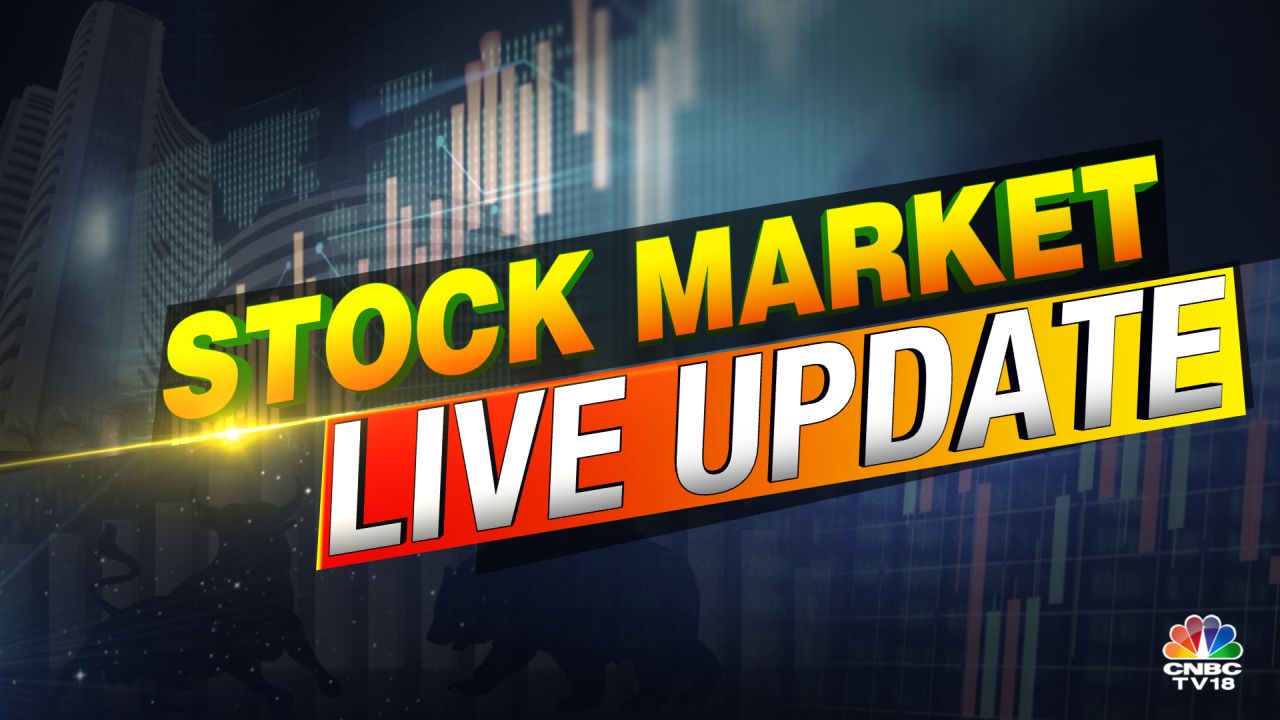Short-Term Savings Strategies: Where to Park Your Money for the Next 5 Years (Expert Advice)

Market fluctuations can be unsettling, especially when you have financial goals looming within the next five years. While long-term investors might see volatility as a chance to buy low, those needing access to their funds sooner face a different challenge. Where's the best place to keep your savings safe and accessible when you anticipate needing them in the near future? Financial experts offer a range of strategies, balancing safety, liquidity, and potential returns. This guide explores the optimal options, helping you navigate the complexities of short-term savings.
Understanding Your Needs
Before diving into specific investment vehicles, it's crucial to define your needs. Consider the following:
- Time Horizon: Exactly when will you need these funds? A year? Three years? Five years?
- Liquidity: How easily and quickly can you access the money without penalties?
- Risk Tolerance: Are you comfortable with any potential loss of principal, or is capital preservation your top priority?
Top Savings Options for the Next 5 Years
Here’s a breakdown of popular choices, weighing their pros and cons:
High-Yield Savings Accounts (HYSAs)
Pros: FDIC-insured (up to $250,000 per depositor, per bank), highly liquid, competitive interest rates compared to traditional savings accounts. A solid baseline for short-term savings.
Certificates of Deposit (CDs)
Pros: Typically offer higher interest rates than HYSAs, especially for longer terms. FDIC-insured. Cons: Penalties for early withdrawal. Consider laddering CDs (staggering maturity dates) to provide both liquidity and higher yields.
Money Market Accounts (MMAs)
Pros: Offer slightly higher interest rates than HYSAs, often with check-writing privileges. FDIC-insured. Cons: May require higher minimum balances.
U.S. Treasury Bills (T-Bills)
Pros: Backed by the U.S. government, considered very safe. Exempt from state and local taxes. Cons: Returns may be lower than other options. Requires opening an account at TreasuryDirect.gov.
Short-Term Bond Funds (Low-Risk)
Pros: Potential for slightly higher returns than savings accounts. Cons: Not FDIC-insured; subject to market fluctuations (though minimal with short-term bonds). Consider funds with a focus on government bonds for added safety.
Expert Recommendations & Avoiding Pitfalls
Financial advisors generally recommend a diversified approach. For example, combining a HYSA with a few strategically chosen CDs can provide both liquidity and competitive returns. They also caution against:
- Investing in the Stock Market: Too risky for funds you'll need within 5 years.
- Keeping Large Sums in Low-Interest Checking Accounts: Your money is losing value to inflation.
- Ignoring Inflation: Ensure your returns outpace inflation to maintain purchasing power.
Ultimately, the best place to put your savings for the next five years depends on your individual circumstances and risk tolerance. By carefully considering your needs and exploring the options outlined above, you can create a savings strategy that aligns with your goals and provides peace of mind.






